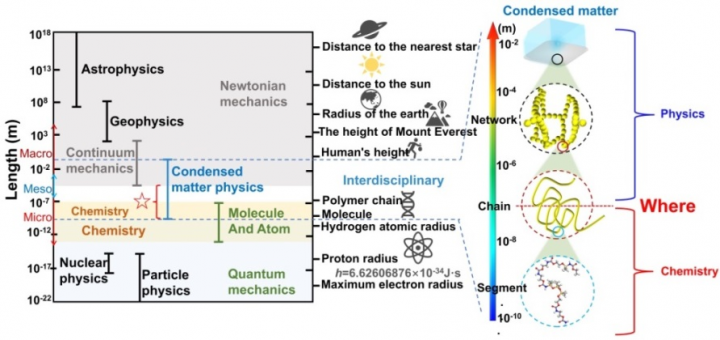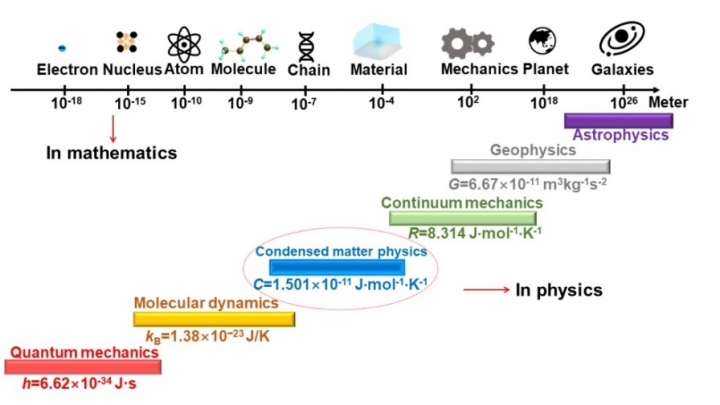Professor Haibao Lu from Harbin Institute of Technology has published an article entitled with “When Physics Meets Chemistry at The Dynamic Glass Transition” in the journal Reports on Progress in Physics. This study aims on the nature of glassy matter and the glass transition, and provides a fundamental approach to understand the “The Nature of Glassy Matter” and “Can The Laws of Physics Be Unified?”, which have been highlighted as the greatest scientific conundrums for the next quarter century by Science journal in 2005.
This research provides a partial foundation and scaling mechanics for these two major scientific challenges of whether physical laws can be unified and what the nature of glassy matter is. The editor of Reports on Progress in Physics commented that any discussion of this nature has to acknowledge Maxwell’s achievements and relate the challenge of linking them with Newton’s work on gravity.
Professor Lu discovered that the glass transition was originated from the cross-scaled mechanics (scaling law) between molecular with condensed matter scales. He proposed a thermodynamic order-to-disorder free-energy equation for microphase separation to formulate the dynamic equilibria and fluctuations, and 19.5 monomers undergoes microphase separation at the critical equilibrium state of glass transition.
Professor Lu stated a concept of molecular entanglement for cooperative relaxation, established an extended Adam-Gibbs domain size equation, and calculated that the number of molecular entanglements was e+1≈3.718 at the glass transition. The entropy increase principle in glass transition between molecular with condensed matter scales had been explored.
Based on Einstein’s mass-energy equation, Professor Lu established a spatiotemporal correlation equation of the dual function of energy and volume, solved the Free Volume Hypothesis, and established a condensed matter constant equation, calculating the condensed matter constant to be about 1.501×10^-11 J·mol^-1·K^-1, which was similar to the Boltzmann constant (kB for molecular dynamics) and gas constant (R for macroscopic scale) through a fractal iteration equation.
Based on the above-mentioned results, Professor Lu claimed the unification of physical laws between molecular physics (chemical constraint for molecule motion) with condensed matter physics (physical constraint for macromolecule motion), discussed on the division of parallel physical world into molecular, condensed matter and macroscopic scales, provided a proof of whether physical laws can be unified, and found out the condensed matter constant for condensed matter scale.


Paper Link: https://iopscience.iop.org/article/10.1088/1361-6633/ad2b9c


